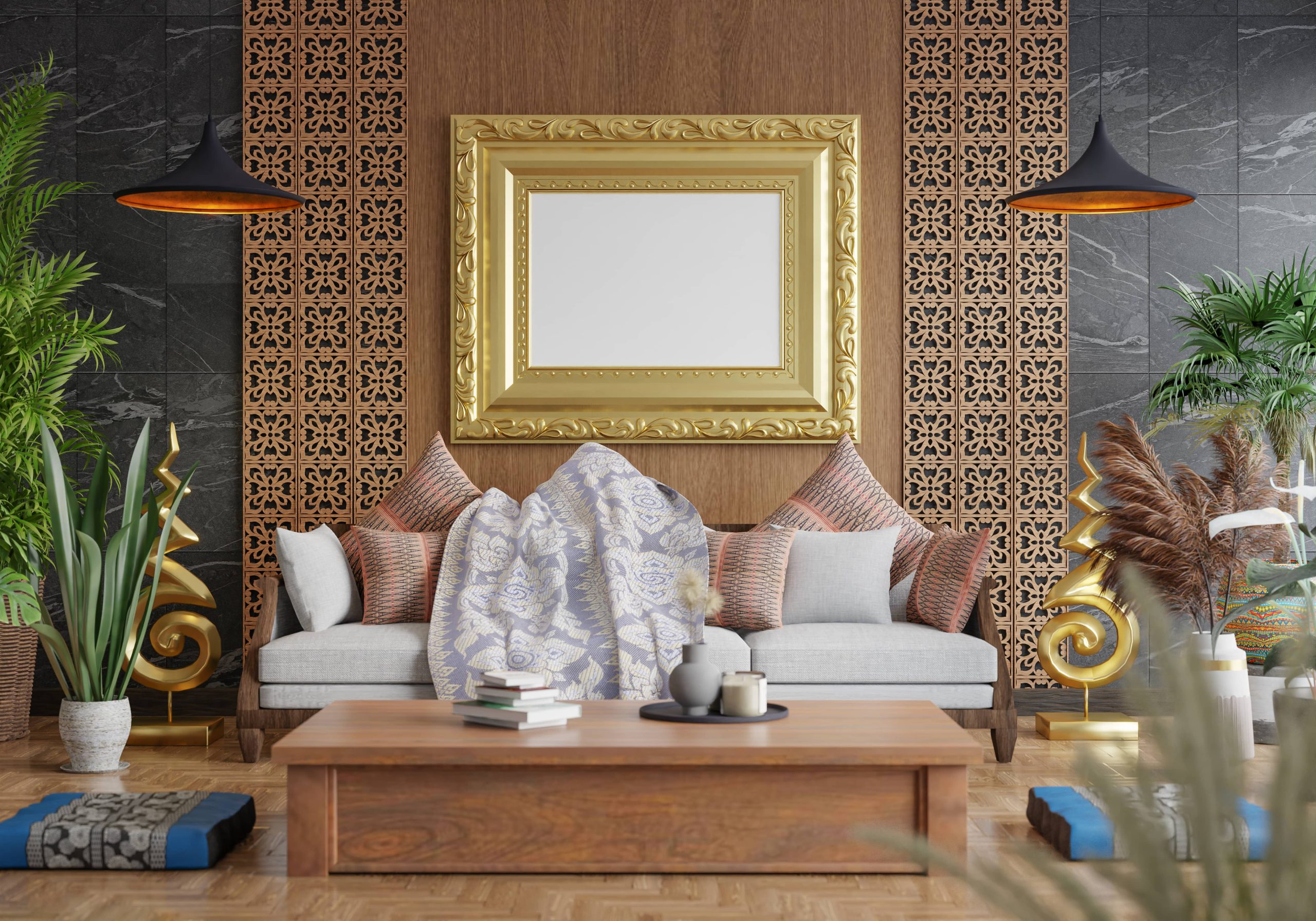
Creating an appealing and cohesive color scheme is essential for transforming your house into a home that feels both inviting and personalized. The right color scheme can set the mood of a room, highlight architectural features, and even influence how large or small a space feels. Whether you’re renovating your entire home or refreshing a single room, selecting the ideal color scheme is a crucial step in your interior design journey. Here are some key considerations and tips for choosing the perfect palette for each room.
Understanding the Role of Color
Color plays a pivotal role in interior design, affecting both the visual aesthetics and the psychological atmosphere of a space. Warm colors like reds, oranges, and yellows tend to be energizing and can make a space feel cozy and intimate. Cool colors such as blues, greens, and purples are typically more calming and can create an illusion of a larger space. Neutral tones like whites, grays, and beiges offer versatility and can make a room feel sophisticated and timeless.
Living Room: Striking a Balance
The living room often serves as the heart of the home—a place for relaxation, entertainment, and social gatherings. When selecting a color scheme, consider the balance between comfort and style. Neutral tones can create a serene backdrop, making it easier to integrate bold accents through furniture, artwork, or throw pillows. If you’re inclined to incorporate more color, consider shades of blue or green for a calming effect. These colors pair beautifully with neutral furnishings and can add a touch of tranquility to the space. Additionally, consider choosing a color that resonates with your personal style and complements existing decor.
Kitchen: Inviting and Energizing
The kitchen should feel inviting and energizing, encouraging creativity and warmth. Colors like off-white, soft grays, or muted greens can create a clean and spacious environment. If you’re looking to add vibrancy to your kitchen, consider a cheerful yellow or a soft turquoise as accents, perhaps on a backsplash or cabinetry. These hues can make the space feel brighter and more welcoming. Remember that natural light plays an important role in a kitchen, so be sure to observe how your chosen colors interact with lighting throughout different times of the day.
Dining Room: Elegant and Engaging
For the dining room, aim for a palette that feels both elegant and engaging. Deep, rich colors like burgundy or charcoal can create an intimate and sophisticated atmosphere, perfect for dinner parties and gatherings. Alternatively, earth tones such as terracotta or sage can make the space feel warm and grounded. Incorporating a statement wall or decorative patterns can add visual interest without overwhelming the room. When determining your dining room color scheme, consider how it will look under artificial lighting, which is often used during evening meals.
Bedroom: Restful Retreat
The bedroom should serve as a restful retreat, with colors that promote relaxation and serenity. Soft blues, gentle lavender, or muted greens can create a calming environment conducive to rest. Neutrals are also a popular choice, offering a sense of simplicity and cleanliness. When considering bolder accent colors, opt for subdued shades that won’t disrupt the serene atmosphere, such as a dusty rose or a slate blue.
Bathroom: Clean and Refreshing
In the bathroom, aim for a clean and refreshing palette. Whites and light grays can enhance the feeling of cleanliness and create an open, airy environment. For a spa-like atmosphere, incorporate soft greens or light blues paired with natural materials like wood or stone. Consider the type of lighting in the bathroom as well; softer hues will often appear more radiant under bright light. Remember, with a neutral base, you can add pops of color through accessories like towels or shower curtains, allowing for easy updates.
Home Office: Focus and Productivity
Creating a productive and focused atmosphere in a home office is key. Opt for colors that stimulate creativity without causing distraction. Green is often associated with concentration and creativity, making it a popular choice for offices. If you prefer warm tones, a soft apricot or muted mustard might create the right balance of energy and calm. Keep in mind the amount of time you spend in the office and choose a color that supports long periods of use without becoming overwhelming.
Hallways and Corridors: Cohesive and Inviting
Often overlooked, hallways and corridors serve as connectors between rooms and should complement the overall color scheme of your home. Lighter tones can make narrow spaces feel larger, while deeper shades can add depth and elegance. Consider how the colors in your hallways transition between different rooms to maintain cohesion throughout your home. Subtle contrasts or one unifying color can tie together diverse areas seamlessly.
Final Tips on Color Selection
When selecting colors, always test samples in the actual space you’re planning to paint. Observe how various shades look under different lighting conditions, both natural and artificial. Don’t forget to consider existing elements like flooring, furniture, and decor to ensure your selected color scheme integrates seamlessly. Ultimately, your home’s color palette should reflect your personal style while considering functionality and mood for each space.
Transforming a house into a warm, welcoming home requires thoughtful color choices. By considering the purpose and desired ambiance of each room, you can create a cohesive design that reflects your unique taste and lifestyle. With the right color scheme, your home will not only look beautiful but feel truly like yours—a haven of comfort, style, and happiness.













